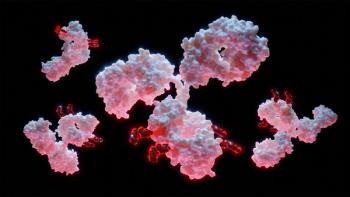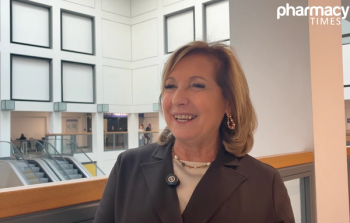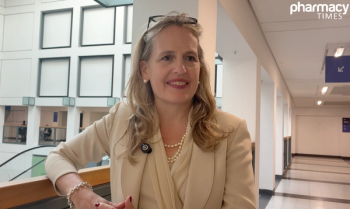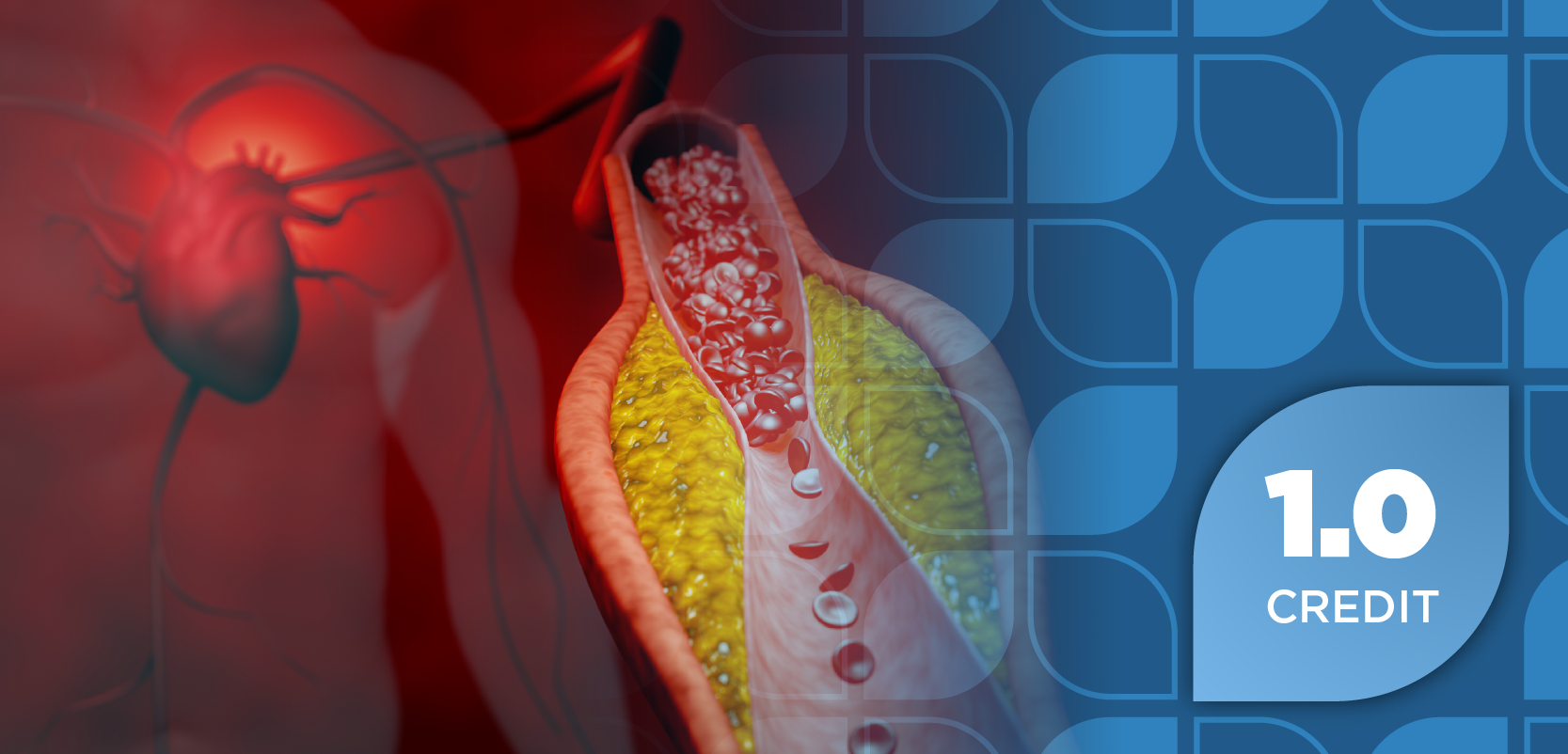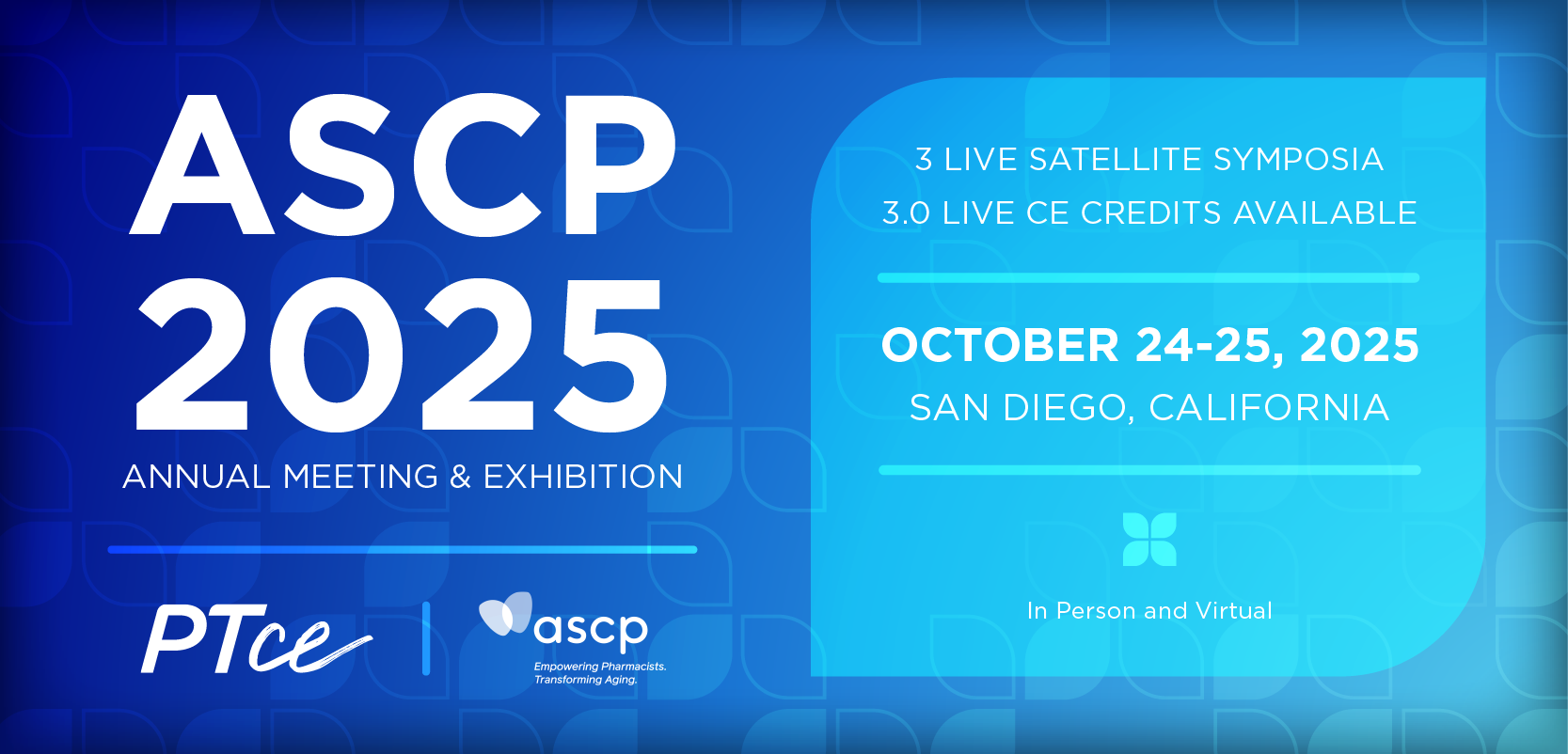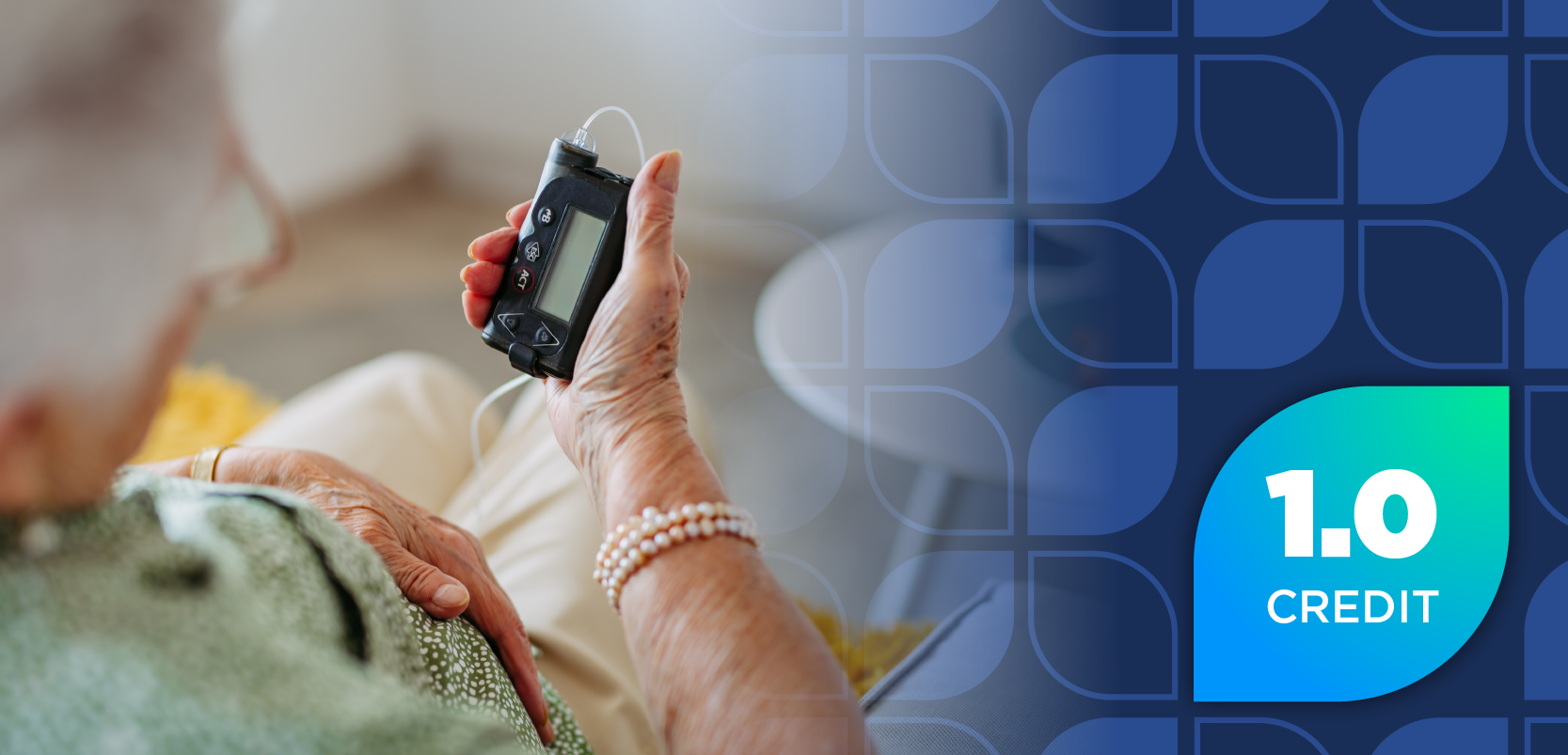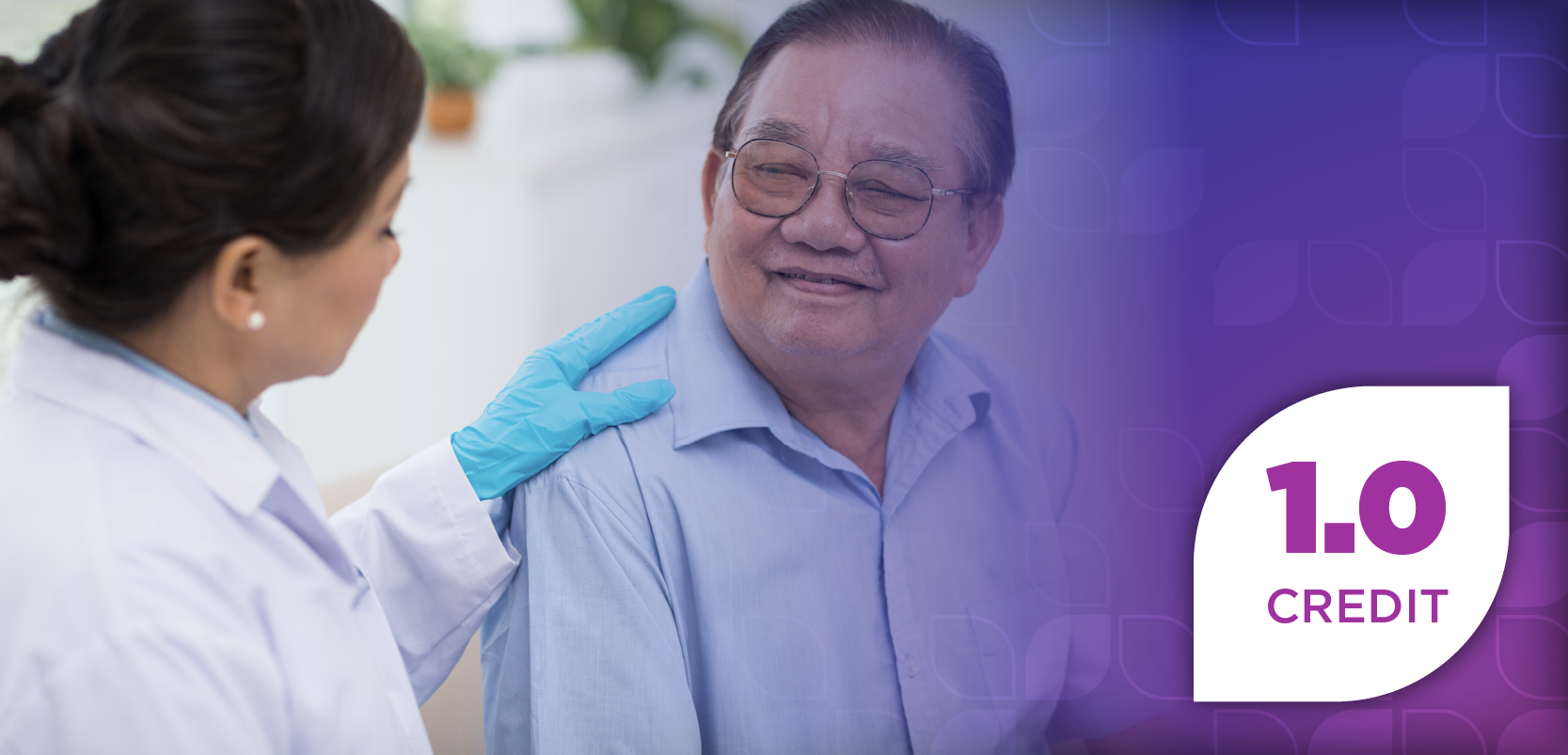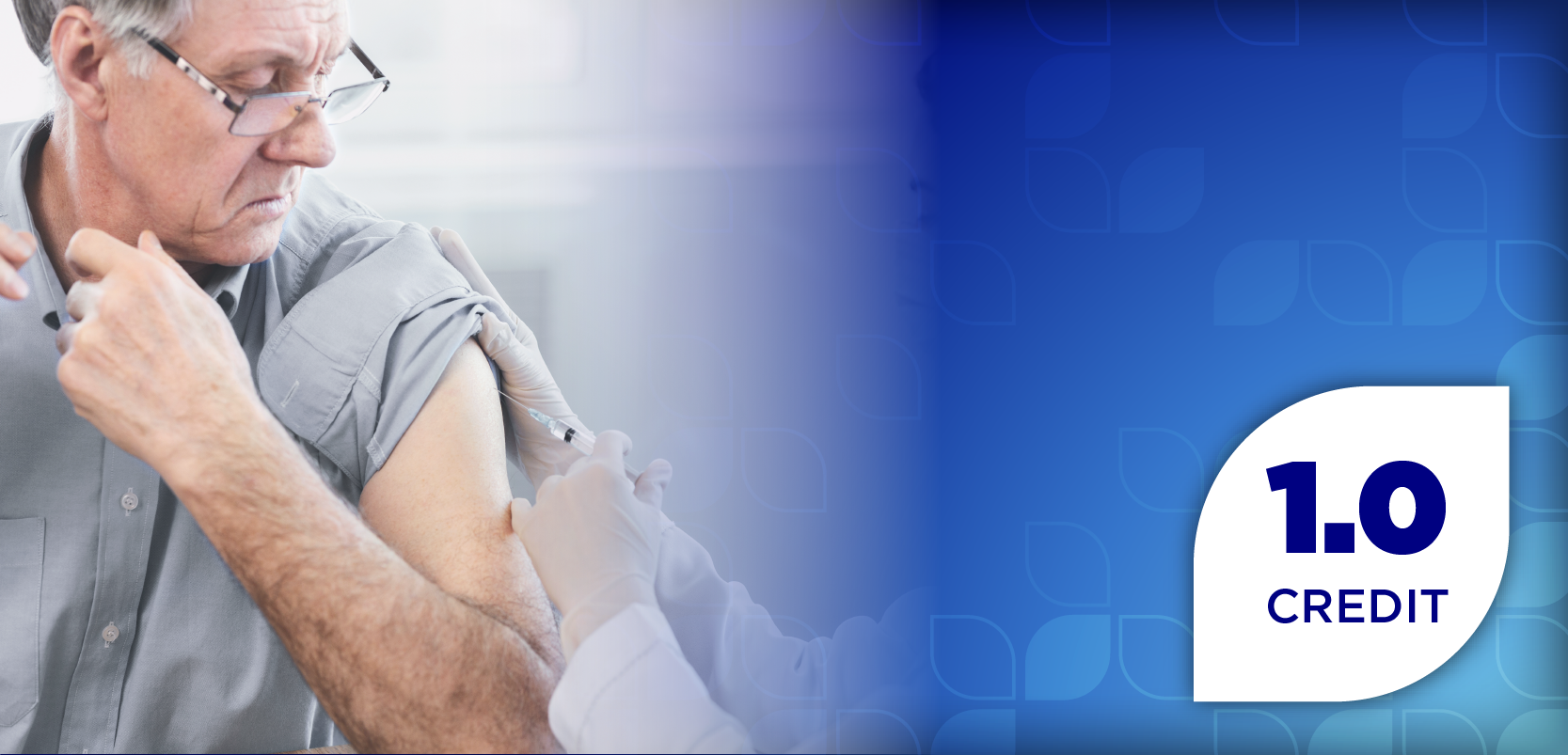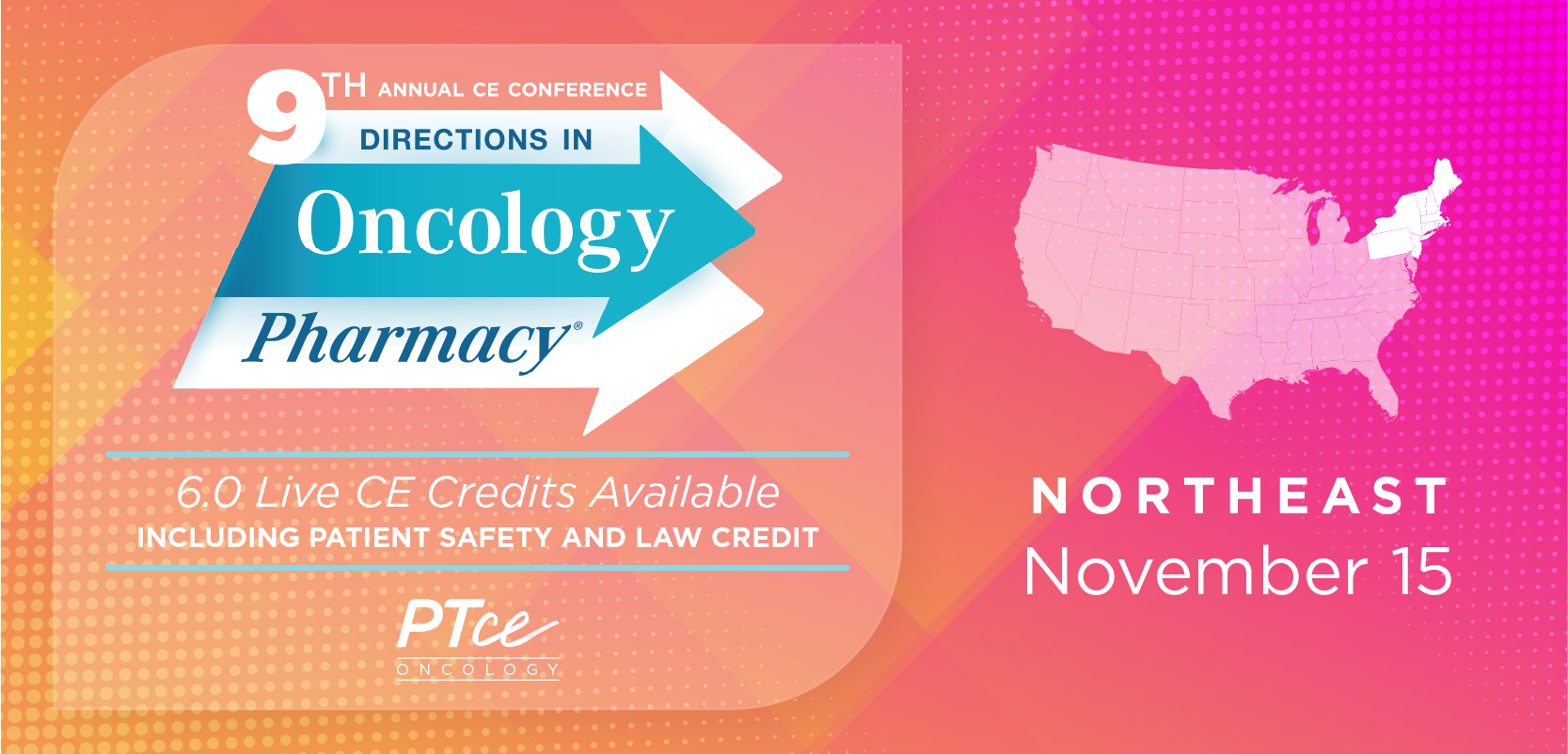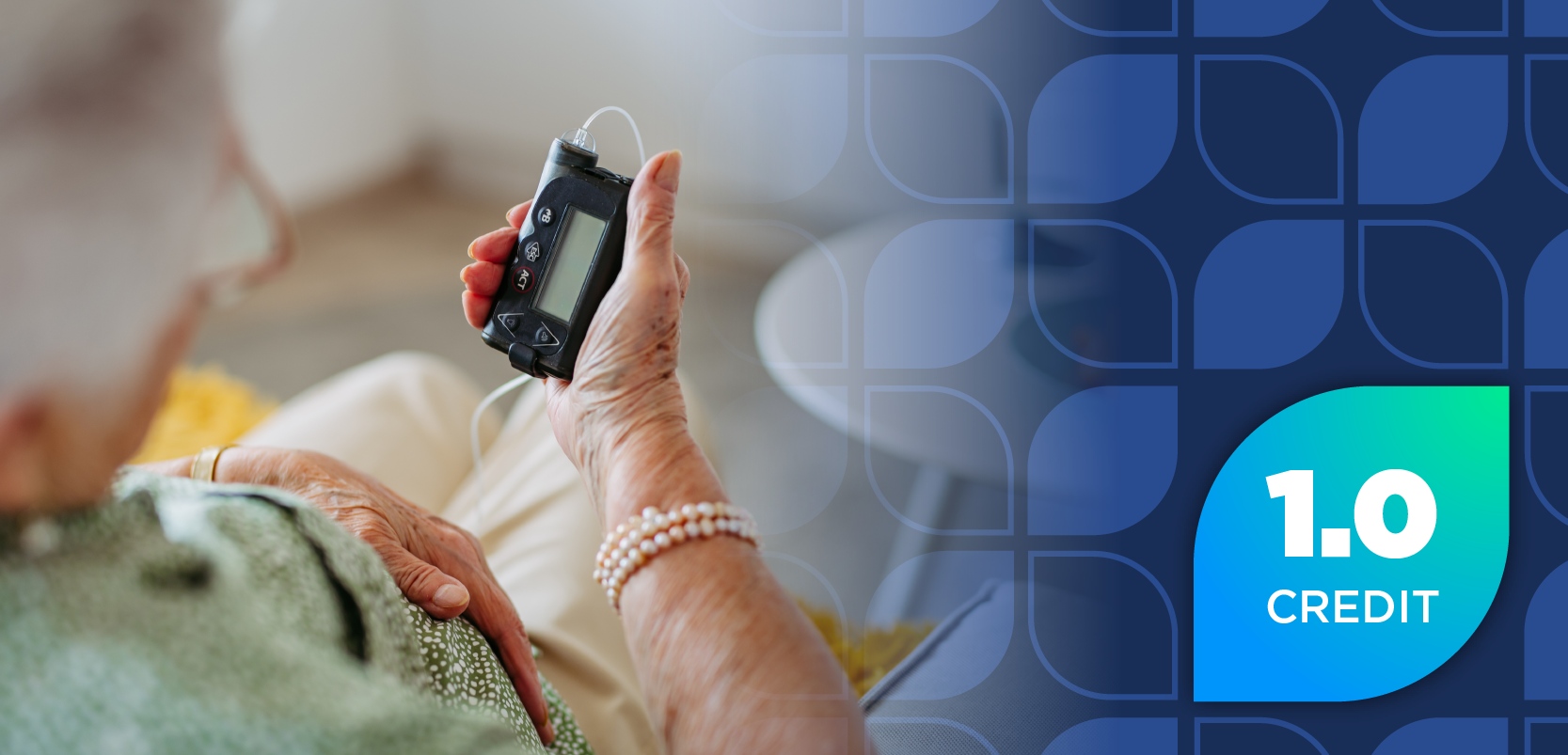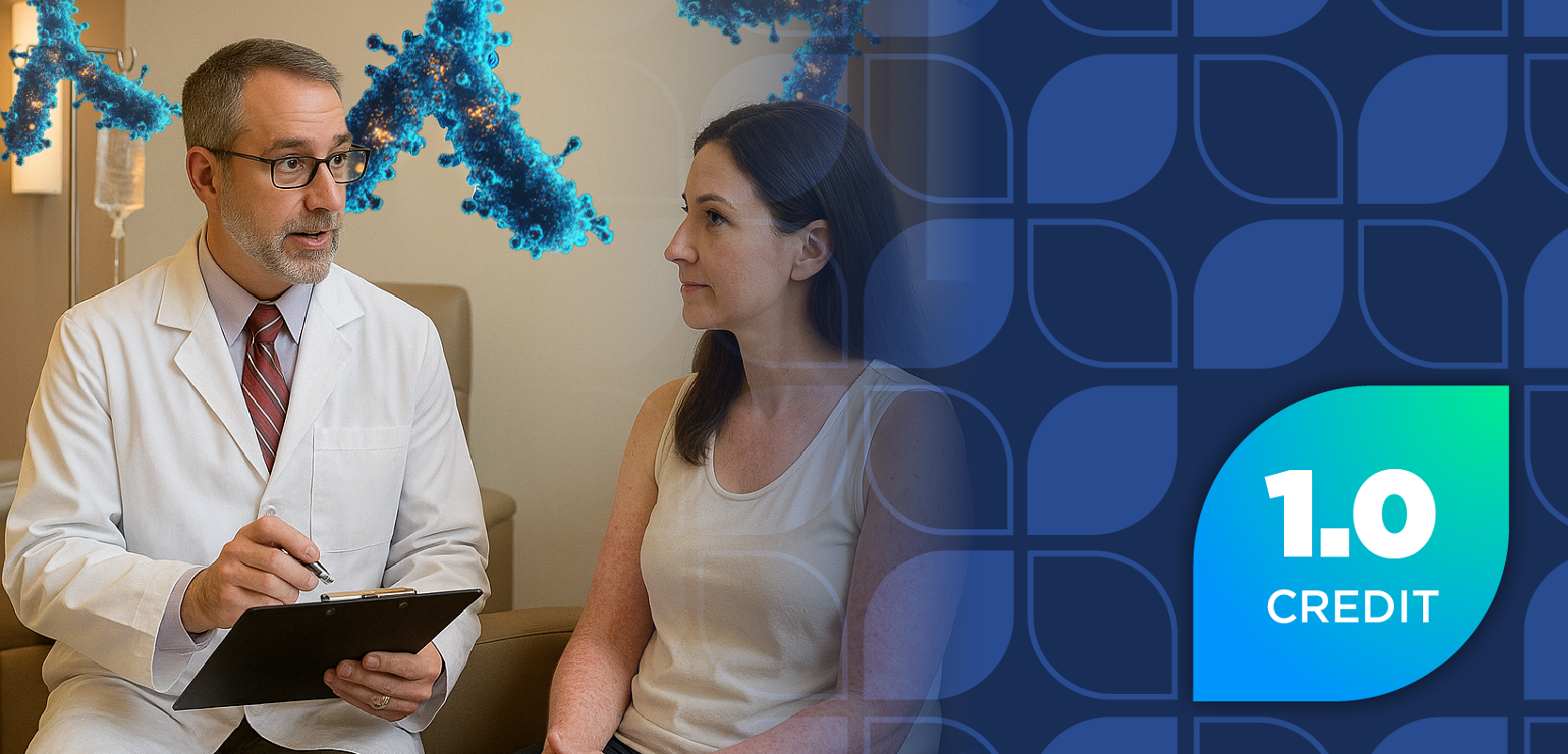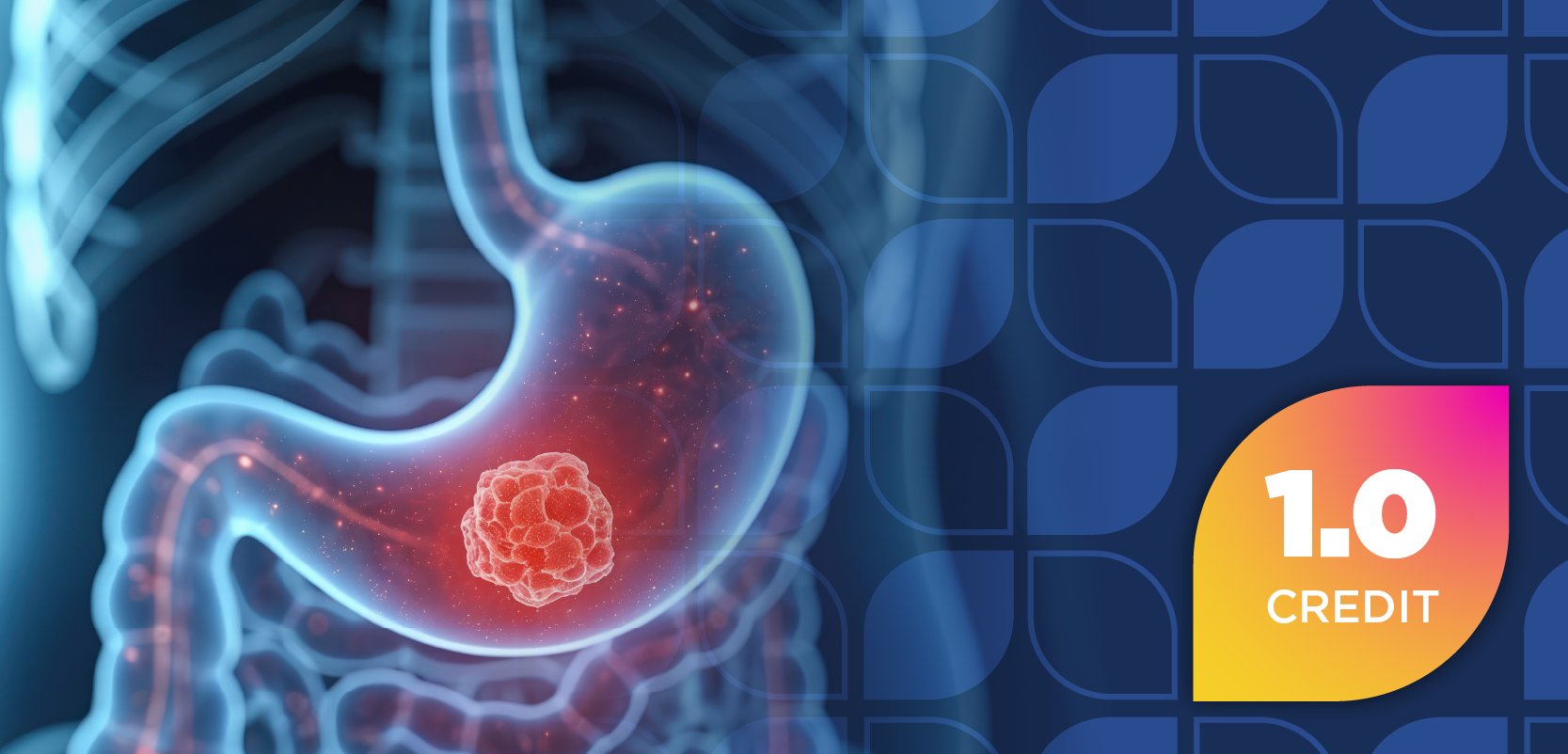This transcript was edited for grammar and clarity using artificial intelligence.
Pharmacy Times: Given the recent NCCN guideline inclusion of zongertinib tablets as a preferred therapy for HER2-mutant NSCLC, what impact do you foresee this having on the treatment landscape, especially compared to existing options like antibody-drug conjugates?
Key Takeaways
- Zongertinib shows strong efficacy with a 71% response rate and low rates of serious side effects.
- NCCN now lists zongertinib as a preferred second-line therapy for HER2-mutant NSCLC.
- Pharmacists should understand treatment sequencing, with zongertinib used before antibody-drug conjugates like trastuzumab deruxtecan.
Joshua K. Sabari, MD: So first off, Luke, thanks for having me. HER2-mutant NSCLC occurs in about 2% to 4% of NSCLC cases. It’s a common entity, but I think an underappreciated one. Historically, we haven’t had any FDA-approved targeted therapies for HER2 mutations. We’ve had antibody-drug conjugates, or targeted chemotherapy, in the second-line setting, but not tyrosine kinase inhibitors (TKIs). We just saw the approval of zongertinib, a HER2-specific TKI, on August 8, 2025. More recently, the NCCN updated its guidelines to include zongertinib as a preferred subsequent therapy option for patients with advanced or metastatic non-small cell lung cancer harboring HER2 mutations who have received prior systemic therapy.
I think this is a game changer for patients—not only in terms of efficacy, with a 71% response rate, a progression-free survival of 12.4 months, and a duration of response of 14.1 months—but also in quality of life. Rates of toxicity with zongertinib are quite low. Rates of grade 3 diarrhea are about 1%, and we don’t see significant dermatologic side effects such as rash. The rates of pneumonitis, or lung inflammation, are essentially zero. When compared to an antibody-drug conjugate such as trastuzumab deruxtecan, which was previously the standard of care, the differences are clear. With trastuzumab deruxtecan, we see chemotherapy-like toxicities, including neutropenia, anemia, fatigue, nausea, and a 15% rate of interstitial lung disease. The approval of a true targeted therapy like zongertinib is a game changer for both efficacy and safety.
Pharmacy Times: The NCCN Guidelines list Hernexeos as a "preferred subsequent therapy." From a clinical perspective, what does this specific designation mean, and how does it influence the sequence of treatments you would consider for a patient?
Sabari: Standard of care in the frontline setting for patients newly diagnosed with a HER2 mutation unfortunately remains chemotherapy or chemotherapy plus immunotherapy. There’s a lot of controversy here, but in a patient who is a never-smoker with an HER2 mutation, I generally give carboplatin and pemetrexed, plus or minus a drug like bevacizumab (Avastin; Genentech). I do not treat with immunotherapy in these cases, although it is included in the label. Median progression-free survival in the frontline setting is about 7 to 8 months.
Now, in the second-line setting, we have accelerated approvals for both zongertinib, the HER2-specific TKI, and trastuzumab deruxtecan, the HER2-directed antibody-drug conjugate. With zongertinib now listed as a preferred therapy in the NCCN guidelines, either drug can be used in this setting. My preference is to use zongertinib first because of its superior efficacy, cross-trial comparisons, and tolerability. I would reserve trastuzumab deruxtecan for later-line therapy.


